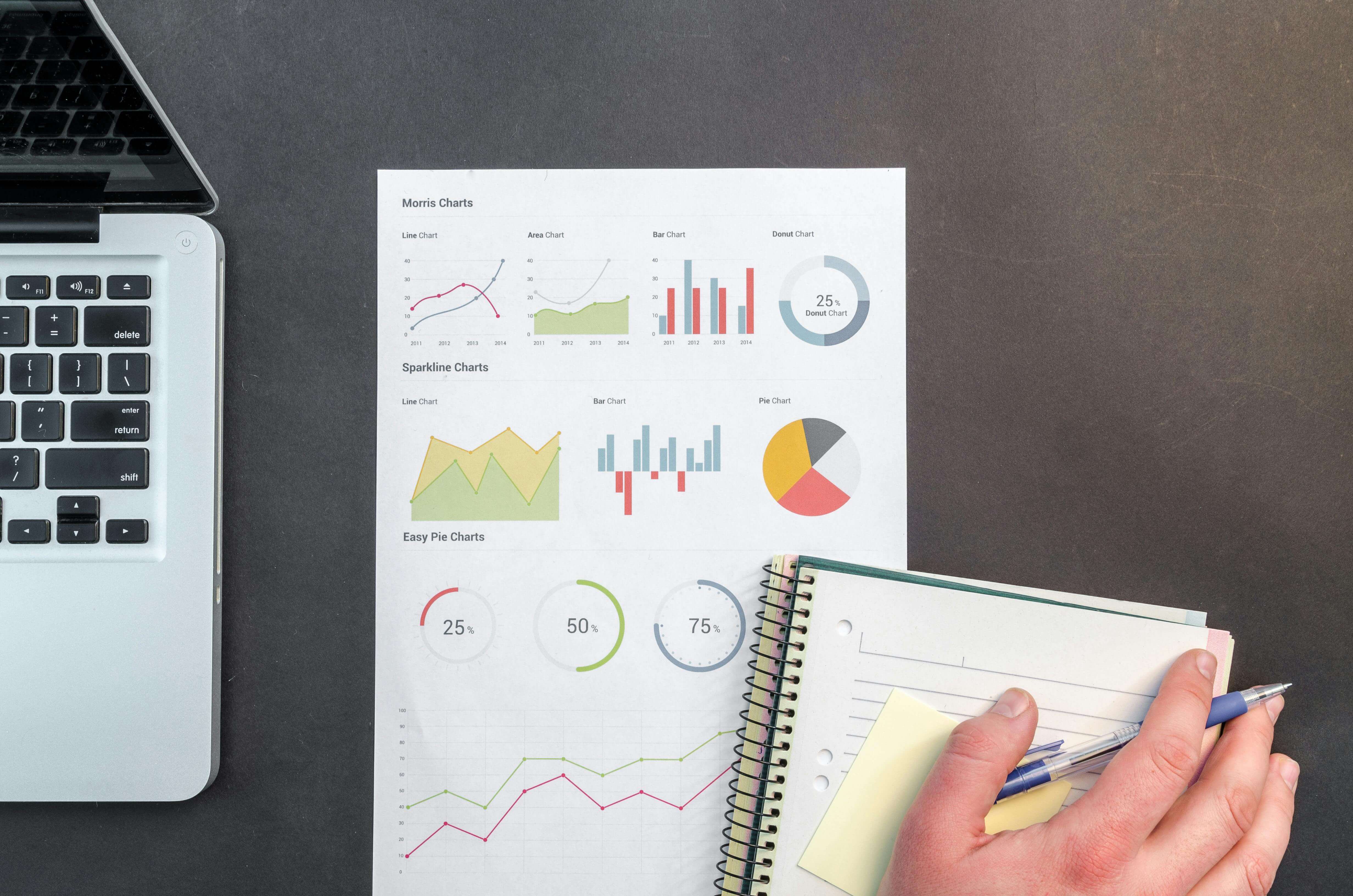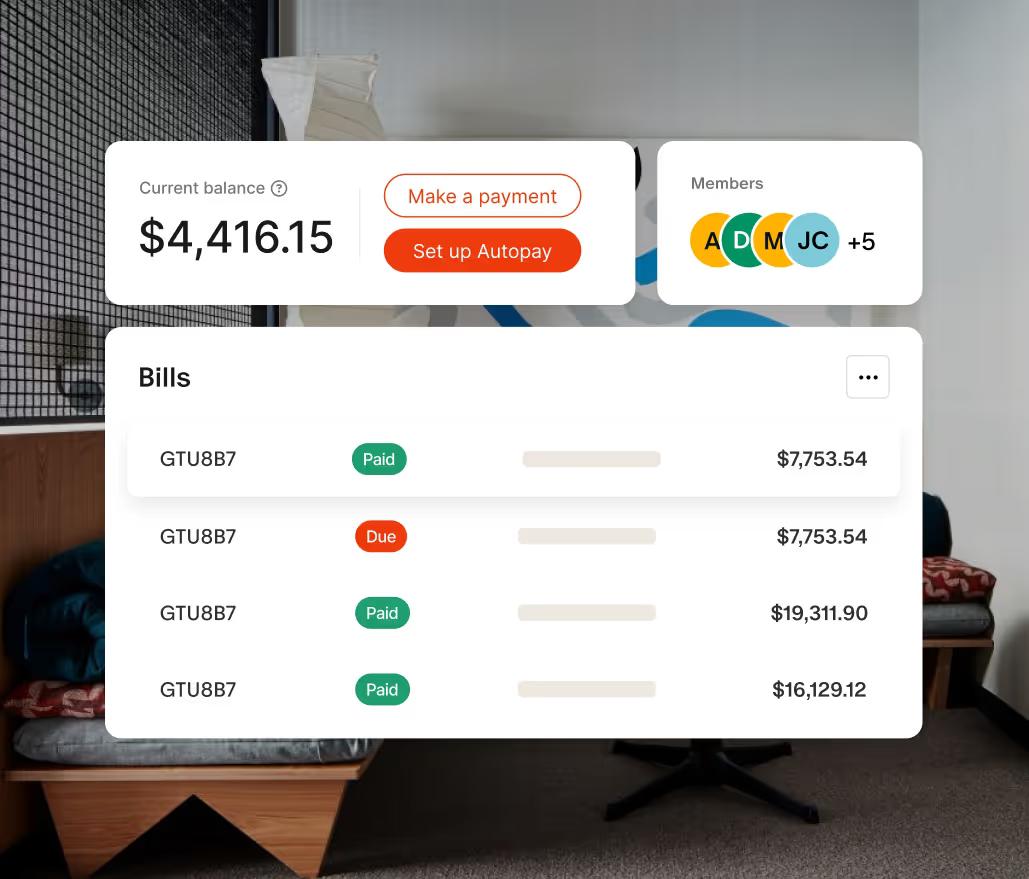A concise guide to business travel analytics

Too often, business trips turn into a mess of unpredictable costs—overpriced flights, last-minute penalties, and expense reports full of unclear incidentals.
Luckily, every dollar spent on business travel leaves a trail of data. With careful analysis, that data can tell you exactly where the dollars allocated to your travel budget are going, and what needs to change. With the right metrics, companies can negotiate better deals with vendors, create comprehensive budgets for workers, and reinvest their savings.
In this article, we’ll show you how travel analytics prevent budgets from spiraling out of control. We’ll cover key parameters to watch, how to make sense of them, and how travel managers can turn insights into savings. When done right, business travel isn’t just an expense—it’s a competitive edge.
Reasons why travel analytics are key for businesses
Business travel opens doors to new opportunities, but without oversight, costs can overshadow gains. Here’s how business travel analytics transform scattered expenses into a strategic advantage.
Optimized costs
Analytics help travel managers spot spending trends, identify overpriced expenditures, and negotiate better rates. Do employees consistently book last-minute flights that cost double? Does a particular hotel chain or car rental company charge more than the competitors? With the right metrics, businesses will have the answer to these questions immediately, and can then make strategic choices to nurture a healthy bottom line.
Plan for the future
Analyzing travel data helps organizations predict costs, prepare for future travel, and adjust budgets accordingly. Maybe it makes sense to allow premium economy for long-haul flights because it leads to higher productivity, or perhaps a particular region doesn’t deliver ROI on travel investments. Travel data reveals the bigger picture, letting your business plan ahead.
Enhanced policy compliance
Most companies have a travel policy. Without the right data analytics, keeping spending aligned with guidelines requires constant oversight, which can be tedious. Real-time travel analytics provide visibility to track booking patterns and highlight policies that need to be adjusted or reinforced.
For instance, if your business travel data reveals that employees often book outside preferred hotel vendors, the company can renegotiate rates or expand its list of approved lodgings to match preferences better.
Improved team morale
Business travel is an attractive job perk that allows travelers to explore new places and build relationships, but on the other hand, long flights, out-of-pocket incidentals, and living out of a suitcase can drain company morale.
Companies can use data to optimize flight times, accommodation choices, and travel routes, letting employees enjoy more comfortable and predictable travel arrangements. Plus, travel insights allow businesses to build policies that are flexible to different needs—whether it’s adjusting for frequent flyers or ensuring accommodations are comfortable and cost-effective.
Major metrics to consider in business travel analytics
To get the most out of your business travel data, carefully consider the metrics you follow. Here are a few data points to understand that will help you control costs.
Total travel spend
This metric aggregates all travel-related expenses, including airfare, accommodations, meals, transportation, and incidentals, across a specific time period. This could be monthly, quarterly, or annually, helping you track the big-picture impact of travel on your bottom line.
Average trip cost
Analyzing average trip cost zooms in on individual trips, helping you pinpoint areas for optimization. This metric identifies trends and patterns in spending, like whether certain destinations or seasons drive up the cost of travel. Comparing average trip costs over time illuminates areas where more efficiency can be introduced, such as selecting less expensive travel dates or adjusting booking practices.
Booking lead time
How far out employees book trips helps businesses secure better rates on flights, hotels, and car rentals. The earlier your employees (or travel managers) book, the more likely they score lower prices. By encouraging better booking practices, companies can cut down on unnecessary last-minute expenses that inflate overall costs.
Policy compliance rate
Reinforce the importance of booking within approved guidelines, using preferred vendors, and staying within budget. High compliance to these policies ensures that the travel program is cost-effective and streamlined. If your compliance metric is low, it’s time to revamp communication or improve access to travel apps.
The business travel analytics process in 3 steps
If you have a pile of airfare tickets, fluctuating M&IE expenses, and hotel bookings to sort through, here’s how to turn all those receipts into actionable travel business intelligence.
1. Data collection
The first step is to identify key metrics. Do you need to bring down travel costs, improve booking protocols, or track employee preferences? Pull data from internal sources (like expense reports) and external data (like vendor pricing or market trends).
If cost reduction is your main goal, break down expenses by category (including airfare, accommodations, and incidentals) and dig deeper into spending patterns. Continue to break down each category, like analyzing booking timelines or frequently traveled destinations. This will help you understand where your biggest savings opportunities lie.
2. Data analysis
After you’ve decided on your most important metrics, take a closer look at the data. Data analysis can be broken up into separate processes. Let’s use booking patterns as an example:
- Descriptive analytics: This is where you visualize your data. Charts, graphs, and tables help you understand spending habits and trends. For instance, you could chart the average cost of hotel booking based on different lead times. The results could show that the sweet spot for booking accommodations is 4–6 weeks in advance.
- Diagnostic analytics: Once you identify what’s happening, connect the dots between travel trends and business outcomes. For example, if costly last-minute bookings happen while employees wait for approvals, you may want to expedite the approval process.
- Predictive analytics: Now that you have a clearer picture, predictive analytics helps you forecast future trends. Based on hotel booking data, predictive tools will suggest the best time to arrange upcoming trips, aligning your booking and budgeting strategy.
The right set of travel analytics tools streamlines the process, picking up on key data points and transforming them into actionable goals. Engine’s Dashboards and Reporting feature centralizes your travel data, giving you a real-time snapshot of spending trends and booking habits all in one place.
3. Data reporting
With past insights and future forecasts in hand, share your data with your team. Then, use this data and your team’s feedback to update your business travel policy. For instance, if travelers are paying double for unnecessary last-minute bookings, managers could set reminders or introduce incentives for early planning. And if travelers are frequently flying to pricey locations and encountering expensive upcharges, managers can attempt to reroute those flights to a different destination.
Track your business travel data with Engine
Business travel doesn’t have to be an endless grind. With the right analytics, you can turn that mountain of receipts into a smarter travel plan. Instead of scrambling to keep costs under control, focus on optimizing budgets and improving travel initiatives.
That’s where Engine comes in. It’s your all-in-one travel platform designed to simplify the chaos of planning. Whether booking flights, comparing hotels, or renting cars, Engine brings all the information you need together in one website. Once you book, our powerful analytics tools help you track everything to continue to fine-tune your travel program.




.jpg)

.jpg)





.jpg)




.avif)
.avif)




![How to Get the Best Hotel Deals and Rewards [Infographic]](https://cdn.prod.website-files.com/66a41388b1be9ba182f1e80c/66a41388b1be9ba182f1f257_Windsor_Hotel_-_in_winter.avif)


.avif)

.jpg)














